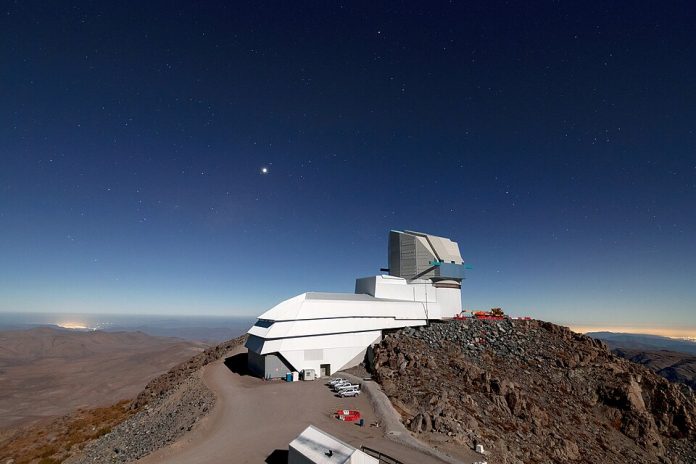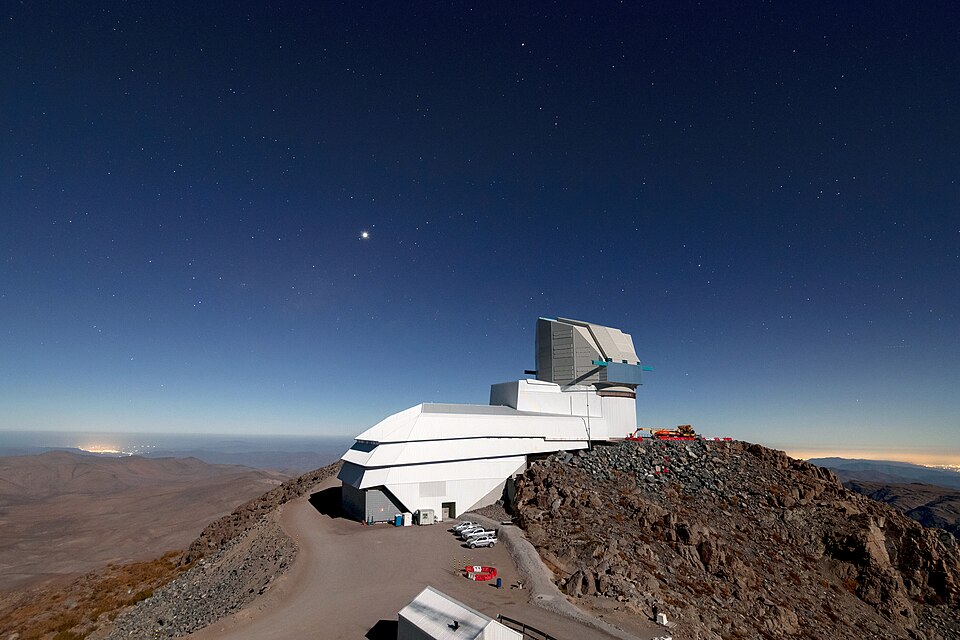
Could a random coincidence of sky and telescope reshape our understanding of cosmic travelers? That’s just what happened in Chile’s Andes, where the Vera C. Rubin Observatory’s enormous digital eye recorded a passing guest from another star system days ahead of official announcement.
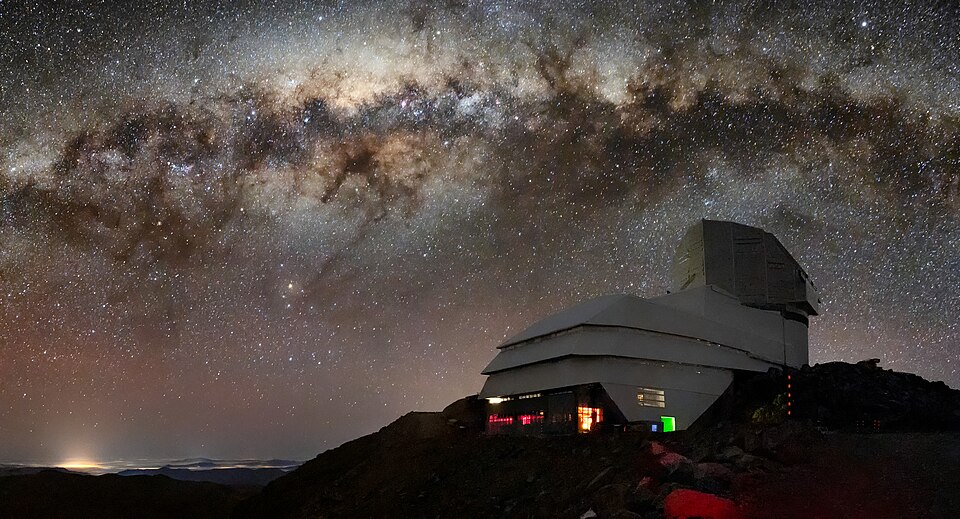
1. Rubin Observatory’s Fortuitous First Light
While performing routine calibration in its first period of commissioning, the Vera C. Rubin Observatory, which is carrying a 3.2-gigapixel camera, the largest ever constructed for astronomical purposes, was sweeping a patch of sky. On June 21, 2025, this section just so happened to cross the trajectory of a strange, high-speed object. In what scientists termed “an act of cosmic serendipity,” Rubin’s camera captured detailed images of the interstellar comet later named 3I/ATLAS ten days before it was officially discovered. The pre-discovery images, later found in Rubin’s data stores, gave astronomers a rare, unobscured glimpse of the object’s arrival from the depths of space, catching its faint light and slow motion against a dense stellar background before anyone else.
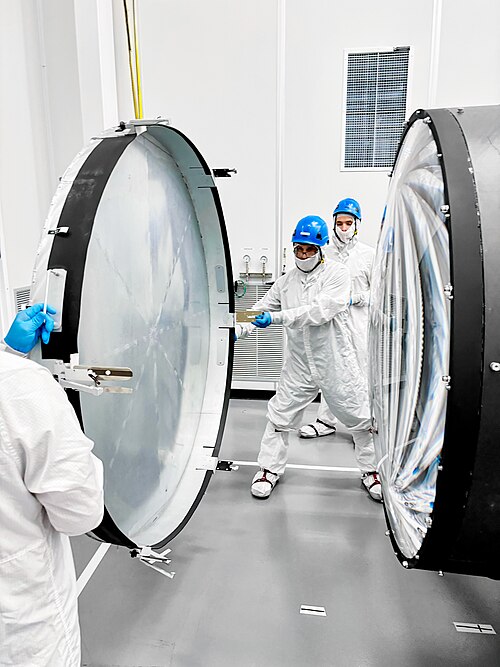
2. The Power and Precision of Rubin’s Camera System
The camera of the Rubin Observatory is a technological wonder, measuring close to the length of a compact car and featuring 189 separate sensors. Its configuration allows it to take high-resolution images of wide fields that are able to detect distant galaxies and transient phenomena such as comets. The data pipeline of the observatory quickly processes terabytes of data, marking moving or variable sources as candidates for further examination. With its capacity to cover the whole visible southern sky every few nights, Rubin stands to revolutionize the discovery of rare interstellar visitors, with dozens to hundreds of such objects being discovered in the coming decade, according to Dr. James Davenport.

3. ATLAS and the Art of Planetary Defense
While Rubin’s early images were serendipitous, the official discovery of 3I/ATLAS came from the Asteroid Terrestrial-impact Last Alert System (ATLAS), a global network of robotic telescopes designed for planetary defense. ATLAS scans the sky every 24 hours, searching for near-Earth objects. Its detection algorithms are tuned to spot faint, fast-moving points of light traits that led to the identification of 3I/ATLAS as a hyperbolic, unbound visitor. Pre-discovery observations from ATLAS and other institutions stretched the object’s arc back to mid-June, making its interstellar credentials secure and verifying its path.

4. The Physical Identity of 3I/ATLAS
Why is 3I/ATLAS so remarkable? First, its hyperbolic speed measured around 60 kilometers per second means that it is not gravitationally tied to the Sun and will never come back. Its path tracks back towards the dense disk of the Milky Way, a field that contains ancient stars. Initial analysis indicates that the comet might be as old as seven billion years, two billion years older than our solar system as per Bin Yang. Rubin’s images unveiled a nucleus approximately 7 miles (11.2 kilometers) across the largest interstellar object yet seen encircled by a coma of gas and dust that indicates active sublimation of volatile ices and cometary activity.

5. Spectroscopic Fingerprints: Water Ice and Ancient Dust
Gemini South and NASA’s IRTF spectroscopic observations unveiled 3I/ATLAS as being filled with water ice and bearing a composition of organic molecules, silicates, and carbon-based minerals. The spectral signature is close to that of D-type asteroids and the Tagish Lake meteorite, indicating a mixture of primitive solar system-like and genuinely alien material. “3I/ATLAS is an active comet. It has a clear coma and probably has a lot of water ice,” Bin Yang said to Space.com. The existence of water ice, potentially frozen since the formation of the comet in another solar system, provides insight into conditions in the distant past and favors the hypothesis of an unspoiled interstellar relic.
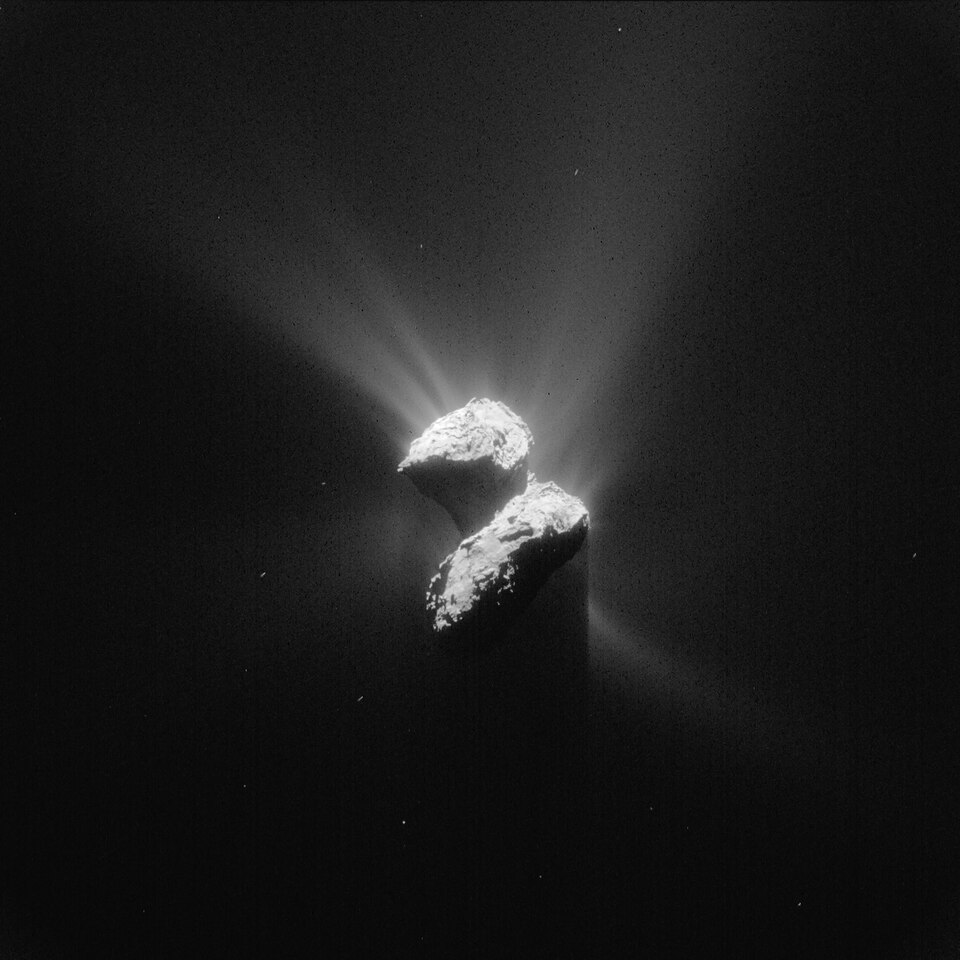
6. The Coma’s Secrets: Activity and Composition
In contrast to the mysterious ‘Oumuamua, which displayed no visible coma, 3I/ATLAS initiated outgassing four astronomical units from the Sun. This early activity points towards the existence of highly volatile ices, such as carbon monoxide or carbon dioxide, along with water. Spectral modeling indicates roughly 30% of the coma area to be water ice and the rest to be dark, organic-rich dust.
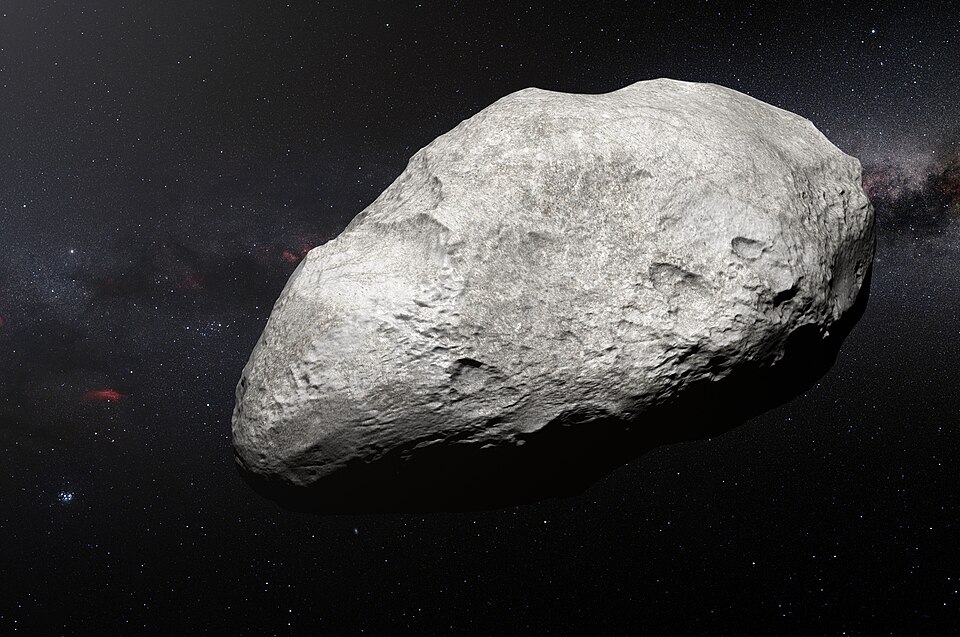
The red optical slope and near-infrared spectrum flattening are in agreement with large ice grains and D-type asteroid material. No gas emissions have yet been observed, but future observations using JWST and Hubble should be able to search for super-volatiles and better determine the composition of the comet as the comet approaches perihelion.
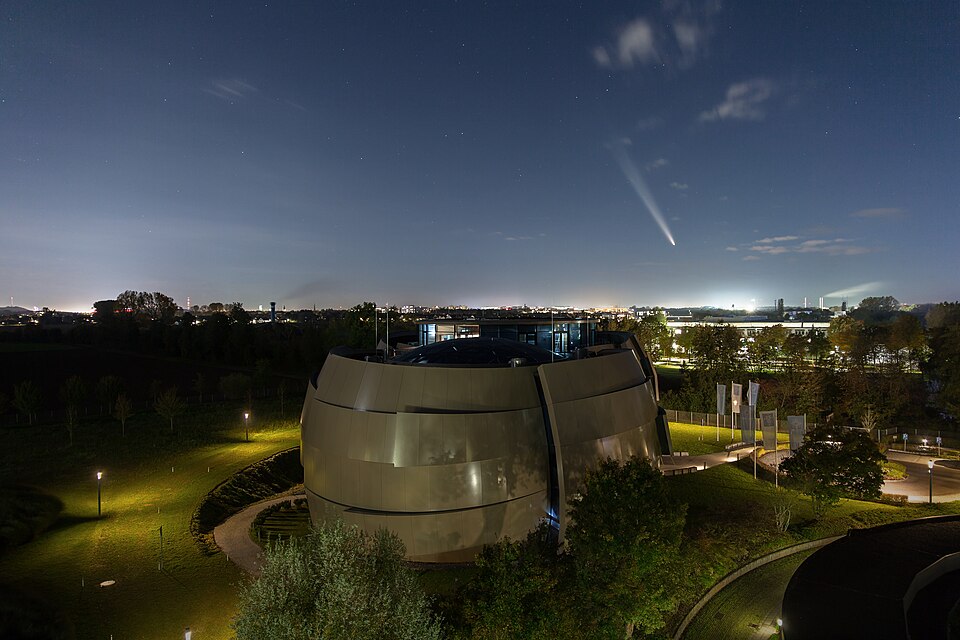
7. Survey Science and the Future of Interstellar Detection
The quick recognition and multi-wavelength follow-up of 3I/ATLAS demonstrate the synergy between planetary defense networks and next-generation survey telescopes. Rubin’s capability to record deep, high-resolution images of large areas of sky, in conjunction with ATLAS’s computer-aided detection algorithms, represents a new age in the exploration of interstellar objects. “Interstellar objects are no longer exotic anomalies, becoming an essential tool for interpreting the processes that form planetary systems outside our own,” declared Dr. Simon Steel in a SETI Live broadcast. As Rubin comes online, astronomers look to a seismic expansion of discoveries, allowing statistical analyses of the prevalence, makeup, and birthplaces of these cosmic vagabonds and enriching our knowledge of the galactic building blocks.
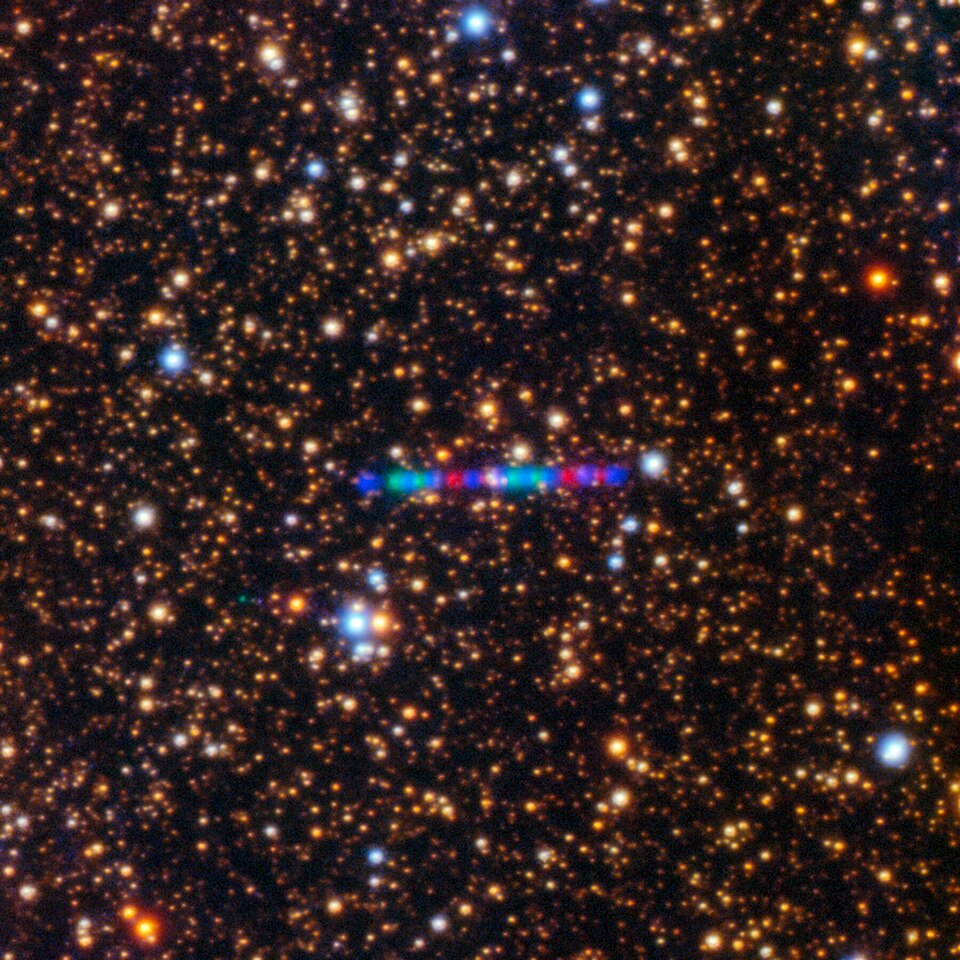
The brief transit of 3I/ATLAS isolated in Rubin’s first light is a glimpse of the frozen, ancient core of another planet, and a glimpse of the revolutionary science now at hand.
